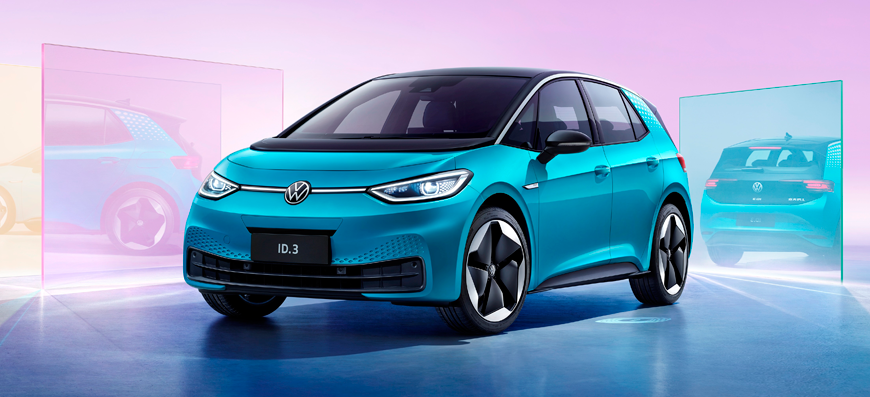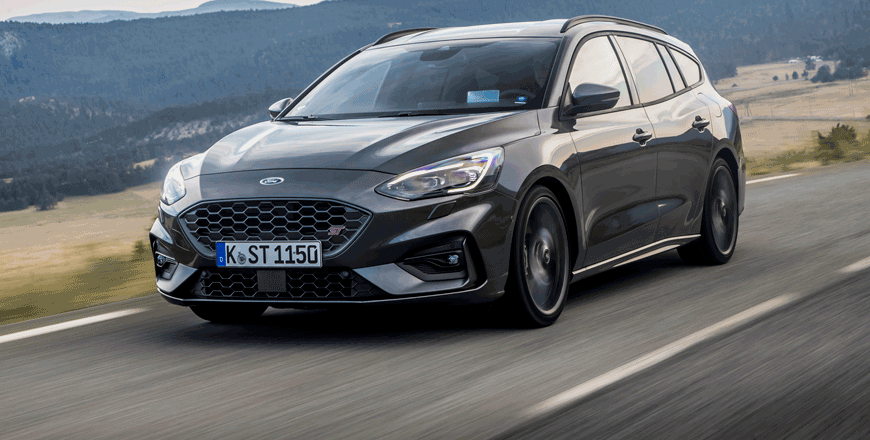You are here
Bug life
By Ghaith Madadha - Apr 13,2015 - Last updated at Apr 13,2015

Launched as a 1998 model, Volkswagen’s first New Beetle was a pioneer of the “retro” car design trend, fashionable in the 2000s, and was followed by re-incarnations of the original’s Mini and Fiat 500 contemporaries.
Ironically, when the “retro” New Beetle arrived 60 years after the original, the iconic “people’s car” that inspired it was still produced in Mexico and remained so until 2003. A second twist that speaks of the Beetle’s appeal, the revived modern version was based on a Volkswagen Golf, which when first launched in 1974, was meant to replace the original Beetle.
Though well short of the original Beetle’s 21.5 million unit six decade production run, the first modern Beetle enjoyed an extended 13-year lifecycle, and was replaced by the current and second all-new modern Beetle, which debuted as a 2012 model.
A bigger car than the one it replaces, the contemporary Beetle is a noticeably longer, more refined and sportier looking reinterpretation that still closely resembles the original’s beloved bug-like silhouette and aesthetic. And like its’ immediate predecessor, the latest Beetle is based on a Golf platform, in this case being the 6th generation rather than the 4th generation Golf.
Sportier style
Built on a contemporary Volkswagen platform, the current Beetle’s design may be homage to the original, but features a conventionally modern front in-line transverse water-cooled front-drive engine, rather than a rear-mounted, rear-drive air-cooled “boxer” engine under its rakishly sloped rear. And whereas the original Beetle designed for affordable, simple, durable and utilitarian mass mobility, the contemporary Beetle primarily trades on its nostalgically fashionable design.
A mass-market niche car, the Beetle has undeniably huge appeal, and is a comfortable, practical and fun alternative hatchback coupe option to Volkswagen’s yet more accomplished Golf and Scirocco models.
A maturing take on the modern Beetle, the current second generation incarnation is noticeably sportier looking, with longer bonnet, frame-less windows, lower roofline, stretched out but distinctively familiar roof arc and elongated, somewhat oval, rather than circular lights for more assertive road presence.
Courting broader appeal beyond its’ predecessor’s “retro-trendy” focus, the current 3-door Beetle is offered in overtly “retro” spec versions and sportier, swifter hot hatch versions like the 2.0 TSI tested. With huge 19-inch alloy wheels more purposely filling out its bulbously curved wings, the 2.0 TSI also features a pronounced waistline-level rear spoiler.
Brisk bug
Introduced one year before the new and superbly well-rounded more advanced and aluminium-intensive MQB platform 7th generation Volkswagen Golf, the current Beetle is build on its immediate PQ35 platform instead.
In 2.0 TSI guise, as tested, it features the previous generation Golf GTI’s 2-litre turbocharged direct injection engine, developing 208BHP over a 5300-6200rpm range and 207lb/ft torque throughout a broad 1700-5200rpm mid-range band.
Propelling its 1.4-tonne mass, the Beetle’s engine allows for brisk 7.3-second 0-100km/h acceleration and a 227km/h top speed, while returning 7.6-lire/100km combined cycle fuel efficiency, as driven with 6-speed dual-clutch automated gearbox.
With quick-spooling turbo, the Beetle is responsive off-the-line and delivers a steady, rich and muscular mid-range for flexible in-town and highway driving, which seamlessly underwrites and transitions to a punchy and wide top-end power peak.
It may fall slightly short of the current Golf GTI’s breadth of ability, performance, efficiency and refinement, but the Beetle 2.0 TSI is nevertheless impressively versatile, capable, confident, quick, fun and fuel efficient.
With odd and even gears pre-emptively lining up on separate clutches, the Beetle’s DSG gearbox executes seamlessly swift and smooth sequential shifts in auto or manual modes.
Comfortable cruising
Sporty yet comfortable with MacPherson strut front and multi-link rear suspension in top iterations, the Beetle is familiar to but slightly different in character to its’ Golf sister. Longer, taller and wider, the Beetle, however, feels narrower than the Golf when driving owing to upright windscreen, driving position and steering.
Precise as it is, the Beetle’s steering seems comfortably lighter compared to the new Golf’s direct and meaty steering. Confident, reassured and stable at speed, the Beetle’s shape and suspension rates are however more comfortably relaxed and slightly less road-hugging or ultimately refined as the Golf.
Quick, light and intuitive, the Beetle’s steering provides good in town manoeuvrability and a tidy turn-in, while a XDS torque vectoring system selectively brakes the inside front wheel through eagerly driven corners to prevent wheel-spin and promote tidier, more agile and stable handling.
Fun and agile with slightly shorter wheelbase than the current Golf, the Beetle eagerly zips through twisting roads, and is poised, tidy and well-controls weight shifts through fast and tight corners. Despite riding on grippy and firm low profile 235/40R19 tyres, it feels supple, comfortable and refined over imperfections, and settled on rebound.
Arced and airy
A well-integrated combination of contemporary design and safety and convenience equipment with retro-inspired themes and styling cues, one can specify the Beetle’s cabin ambiance with more modern-looking dark business-like colours or, with body-colour dash and door panels, to highlight its classic retro charms.
The driven car’s yellow exterior and interior colours served to give it a lively feel and accentuated the cabin’s airy front ambiance and good driving and parking visibility. Upright, user-friendly and uncomplicatedly user-friendly the Beetle’s dash and console feature circular motifs including and chrome-rings segmentation, while fit, finish and materials are of high almost Golf-like levels.
Manoeuvrable and easy to park in town and comfortably relaxed on highways, the Beetle features supportive well-adjustable seats and flat-bottom steering, intuitive infotainment screen, large clear primary instrumentation and sporty dash-mounted secondary dials — including turbo boost gauge.
Spaciously comfortable in all directions in front, the Beetle’s rear two seats are easily accessible but the heavily sloped and stylised roofline does limit headroom for tall passengers.
Storage spaces include twin gloveboxes, while 310-litre boot space — more than its’ predecessor and less than a Golf — is suitably useful and expands to 905 litres with the rear seats down.
TECHNICAL SPECIFICATIONS
Engine: 2-litre, turbocharged transverse 4 cylinders
Bore x stroke: 82.5 x 92.8mm
Valve-train: 16-valve, DOHC, variable timing, direct injection
Gearbox: 6-speed dual clutch automated, front-wheel drive
Power, BHP (PS) [kW]: 208 (210) [155] @5300-6200rpm
Specific power: 104.8BHP/litre
Torque, lb/ft (Nm): 207 (280) @1700-5200rpm
Specific torque: 141.1Nm/litre
0-100km/h: 7.3 seconds
Maximum speed: 227km/h
Fuel consumption, combined: 7.6l/100km
CO2 emissions, combined: 176g/km
Fuel capacity: 55 litres
Length: 4278mm
Width: 1808mm
Height: 1486mm
Wheelbase: 2537mm
Track, F/R: 1578/1544mm
Aerodynamic drag co-efficiency: 0.37 (estimate)
Unladen weight: 1420kg (approximately)
Headroom, F/R: 1005/942mm (w/sunroof)
Elbow room, F/R: 1459/1308mm
Luggage capacity, min/max: 310/905 litres
Steering: Variable electric-assisted rack and pinion
Turning circle: 10.8 metres
Brakes, F/R: Ventilated disc/disc
Suspension, F/R: MacPherson strut/multi-link
Tyres: 235/40R19
Related Articles
Pitched as a rose-tinted retro-infused hatchback harking back to Volkswagen’s defining, first and longest running model, the Beetle is built
Launched in Europe in 2019 with Chinese market variants soon following in 2021, the Volkswagen ID.3 is the German manufacturer’s purpose-bui
Seemingly purpose built for new parents that needing to switch to a more spacious and practical car, but unwilling to part with their feisty














